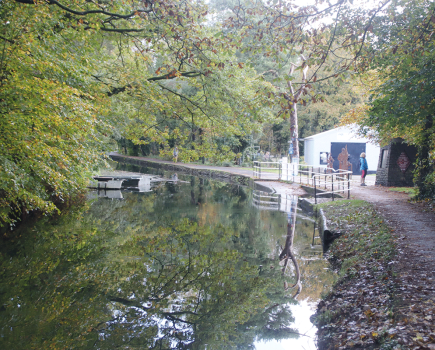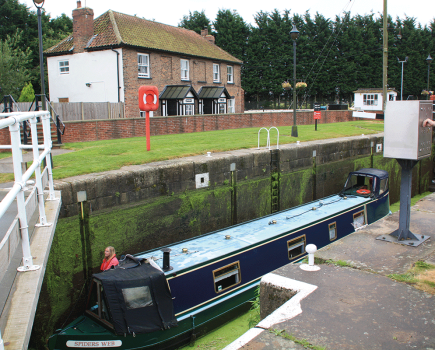Cromford Canal
CROMFORD CANAL
The Cromford Canal ran from a junction with the Erewash and Nottingham canals at Langley Mill to a terminus on the edge of the Peak District at Cromford. A heavily engineered route through hilly country, it featured two major aqueducts and four tunnels, of which the longest by far was the 2966-yard Butterley Tunnel.It was the tunnel which brought about the canal’s demise, with mining subsidence causing it to collapse more than once. Eventually in 1900 the canal company gave up repairing it, and the small amount of surviving short-distance traffic on the two halves of the canal had ended by the 1940s and the canal was closed apart from a short length at the south end.So far the canal has been the subject of no fewer than four separate restoration schemes. First was the Erewash Canal Preservation & Development Association’s reopening of the first lock and basin at Langley Mill to create a new terminus for the Erewash Canal. Next came the Cromford Canal Society’s restoration work which repaired the northern end near Cromford, where a horse-drawn trip-boat ran for some years until the canal society folded. Another group cleared locks at Ironville but were deterred from further work by alterations to the canal channel (including demolition of the top lock) for flood prevention. Finally in recent years the Friends of the Cromford Canal have taken on the task of completing restoration. So far work has been concentrated in the Langley Mill and Ironville areas, but the Friends have also worked hard to ensure that the Pinxton Branch of the canal will be reinstated when opencast mining ends.www.cromfordcanal.org.uk







